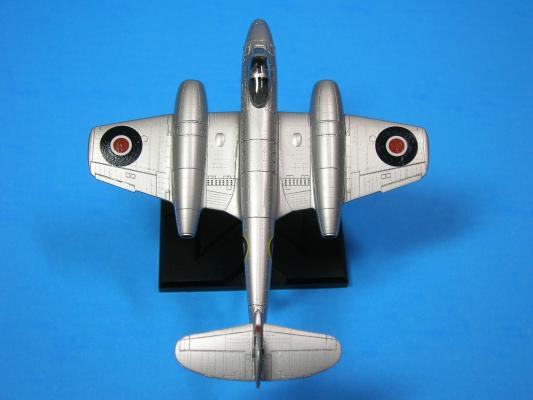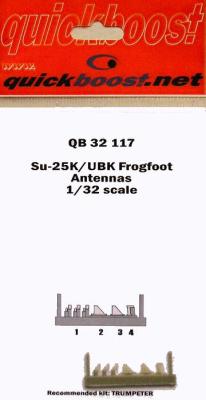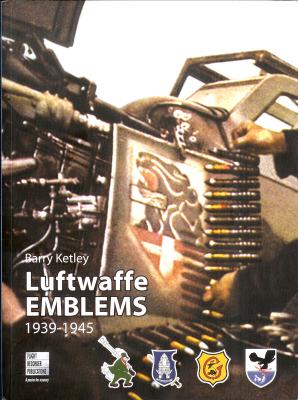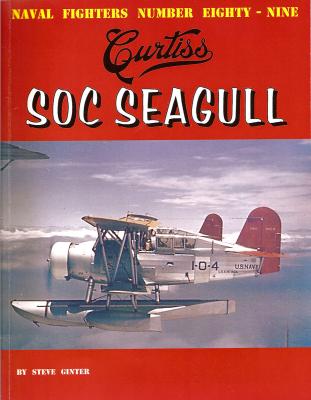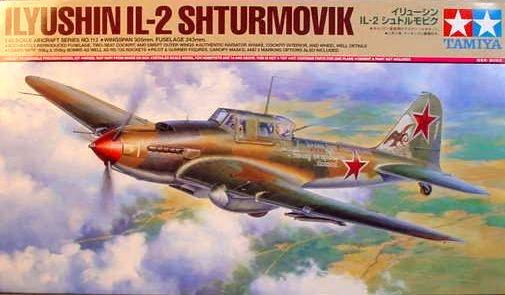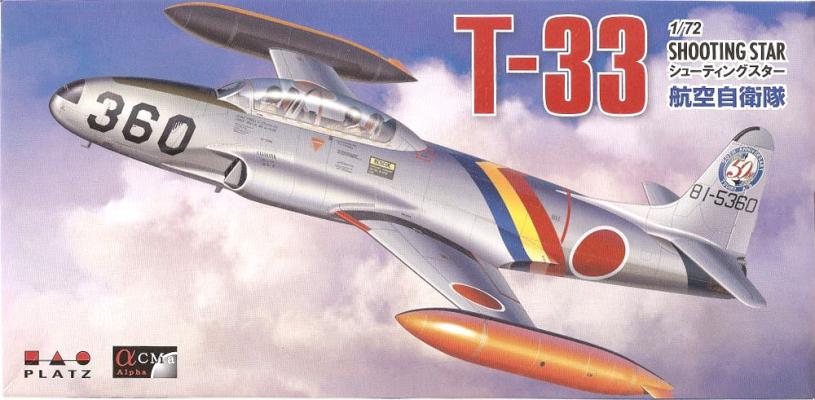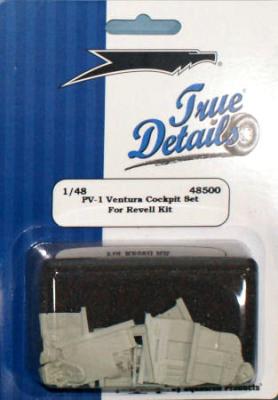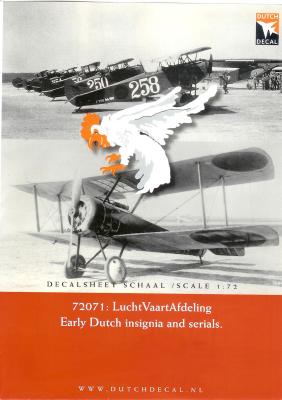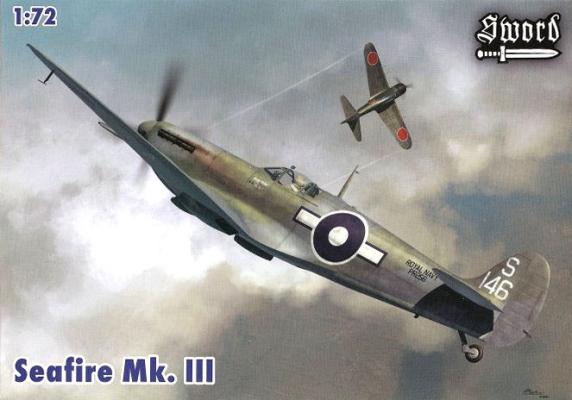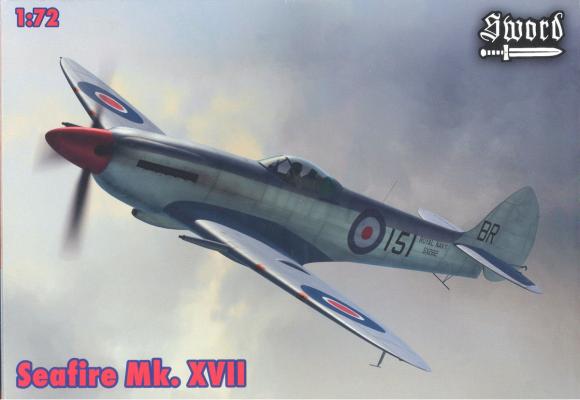The Gloster Meteor F.4 was the first post-WWII Meteor. The big differences between the Meteor F.3 and F.4 were the engines and wings. More details can be found online or in many different publications. For the 1/144th community, there are only a few Meteor options. The ones that I know of are the F-Toys F.1, Don Schmenk’s resin F.8, a Welsh Models vac-form F.8, and an Anigrand resin F.3. That would make Hong Kong Models’ F.4 the first injection molded Meteor kit in 1/144th.
This is about as simple as a review can get. First, thanks once again to Quickboost for the review items; once again you provide something I would not have thought to manufacture, but is, to my mind, a worthwhile improvement!
This set contains Angle of Attack (AOA) vanes, two IFF antennas, and an air data probe. All are much more delicate than the kit items; the IFF blades are, in particular, much more refined than the kit items. The AOA vanes are likewise much thinner than the injected molded parts. And the air data probe, well, has the tube already hollowed out for you!
To review, I added the IFF blades to my already-completed SU-25; the kit items were shaved off, and I installed the QB items. Very nice.
A quick and easy set for your use; thanks to our friends at Quickboost for providing us these little gems and to IPMS/USA for the opportunity to review them! 10 of 10…
This is a revised and updated reprint of a title by the same author, published in 1999 by Hikoki. A quick internet search revealed that copy to have only 99 pages, as compared to the 192 in this edition, so this is quite an update!
The production quality on this book is first rate. Thick, matte-finished pages are enclosed in even stiffer color covers.
The first 15 or so pages describe the background and possible rationale for the proliferation of unit emblems in the Luftwaffe. After this, the next 175+ pages are devoted to lists of each and every unit that used some form of an emblem on its aircraft. Sections are broken down by aircraft type, such as fighter units, bomber units, etc.
History
The Curtiss SOC Seagull was one of the classic biplanes of World War II. The early models entered service as the Navy’s ship- and shore-based scouting-observation airplane in 1935, replacing the Vought O3U Corsair biplanes during the late thirties. Although the prototype SOC, designated XO3C-1, was an amphibian, all subsequent models were either floatplanes or landplanes, and the type was used everywhere the Navy operated before and during the war. A total of slightly over 300 were built, including Curtiss-built SOCs and Navy-built SONs. The book outlines the history of the type’s design and service, even to the point of identifying its competitors and why they failed to make the grade. Another significant fact is that the author explains some of the aerodynamic qualities of the wing which had slots and flaps, improving slow flying characteristics.
The Soviet Union’s first purpose-designed ground support aircraft, proposed in 1938, the Il-2 first saw production and combat action in 1941 as a single-seat platform. As a result of heavy losses from enemy fighters, the 2-seat version with a rear gunner station was fielded in 1943, and proved to be a crucial element in the Red Army’s defeat of the invading Nazi forces. With over 36,000 units produced, the Shturmovik was and still is the most-produced aircraft in aviation history, and accounted for nearly 1/3 of all Soviet aircraft produced during “The Great Patriotic War.”
History
The Lockheed T-33A has been around for over 60 years and was a development of the USAAF’s first operational jet fighter, the Lockheed P-80 Shooting Star. Some P-80s were built and delivered before the end of World War II but none was used in combat. Although preceded by the Bell P-59A Aircomet, the P-80 was really the first useful jet fighter we had. Redesignation in 1947 turned it into the F-80, and that is how it is known today. The first two-seater, called TF-80C, was a conversion of a P-80B, 48-356, which, incidentally, was rebuilt later on to become the prototype for the two seat all-weather F-94A fighter. But that is another story. By the way, although the box art calls the T-33A a “Shooting Star,” I’ve never heard anyone refer to the T-33A by that name. It was always the “T-Bird” or just “T-33.” The fighter was the “Shooting Star.”
Outstanding detail, great support of the plastic modeling community, etc… all apply to Squadron Mail order and MMD distributors. We at IPMS/USA appreciate and thank you for providing us items to review!
When I purchased the Revell Ventura kit, I thought, “wow, a decent, out of box build even I can sink the ol’ teeth into…” I did not know that True Details was working to upgrade the kit…and, with this cockpit, the detail level went up.
The major items replaced are the instrument panel, throttle/fuel mixture quadrant panel, the basic floorboard, back bulkhead, seats, and middle “island” instrument and switch panel. There are also two side fuselage panels that replace the truly understated sidewall detail in the cockpit. Several kit parts are required: the seat legs for the right-hand seat, control wheel arms to attach the control yokes, and the lower steps to the forward fuselage.
This 1/72 set from Dutch Decals comprises 2 sheets of silkscreen decals and a folded instruction sheet covering aircraft using the early Dutch insignia.
Each decal sheet measures a little less than 6”x8 1/2”. The first sheet has letters, numbers (in a unique font) in both black and white, as well as serial numbers, data plates, and some rooster decals for use on both camouflaged and silver-doped aircraft. The second is entirely covered with the orange ‘meatball’ insignia of the early Dutch Air Force. Different sized roundels are provided, both with and without a white surround.
History
The Seafire was essentially a navalized Spitfire designed for carrier operations with the Royal Navy’s aircraft carrier fleet. At the beginning of World War II, although the Royal Air Force was operating some first class equipment (including Spitfires and Hurricanes), the Royal Navy was equipped mainly with types that were decidedly inferior in performance to what the Luftwaffe had. These types, including the Blackburn Skua and Roc, Gloster Gladiator, and later the Fairey Fulmar, were not in a class with the Messerschmitt Bf-109 or the Focke Wulf FW-190, the planes that would become their adversaries. Although the earlier aircraft were used successfully in some operations, it was clear to the naval commanders that more suitable aircraft were required.
I really like the Spitfire. I’ve built almost as many of them as I have F-4 Phantom IIs. So, when the opportunity came to build a Seafire for a review, I volunteered. Does begging and pleading count as volunteering? Anyway, I got the new Sword Seafire Mk XVII, and Brian Baker got the Seafire III.
The Aircraft
The Seafire was a much desired aircraft. The Fleet Air Arm dearly wanted a high-performance fighter for their carriers. Because production of RAF Spitfires was a much higher priority, they got Blackburn Rocs (which were insufficient), Wildcats (Martlets), and Hellcats. The first Seafires were modified Spitfire Mk Vs. As Spitfires evolved, the Seafires changed, too.

